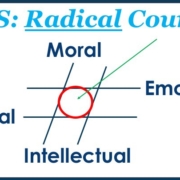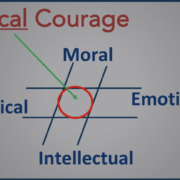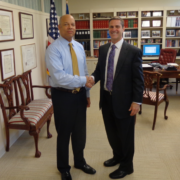Do you have 360 awareness?
360 external awareness occurs when you know what people think and feel about you and their workplace. The key stakeholders include your bosses, peers, and the employees you lead. The latter is the trickiest, and Northwestern University football coach Pat Fitzgerald was fired for neglecting this responsibility.
I remember watching Pat Fitzgerald play football at Northwestern in the mid-1990s and cheered him on as he became the head coach who turned around a lacklustre program.
The allegations of serial hazing on the team are disheartening. The stories of cruelty and mistreatment keep materializing.
Fitzgerald should be fired as the head coach, whether he knew about the hazing and condoned it or did not know such activities were happening on his watch.
Leaders must discover what’s happening in their organizations, particularly regarding their most vulnerable employees.
Knowing what your bosses and peers think about you and your organization is normally straightforward.
Figuring out what your employees think and feel about your workplace is trickier.
A camouflage net obscures your view from above. You only see what you want to see, the bits that emerge into plain sight, and what people are willing to reveal to you. The net conceals everything else.
The best leaders develop ways to get underneath the net to see things as they are, identify problems, spot talent, and gain fresh ideas.
Here are some ways I help leaders do that.
- Feedback loops. Use a combination of short questionnaires, focus groups, and individual interviews to get ground truth. Identify the issues you want to address, tell your employees, follow through, and follow up.
- Trusted Advisers challenge your assumptions and help you see what’s hidden in plain sight. Your biases do not inhibit them, so they’ll notice and report issues and opportunities as they find them.
- Off-sites get people out of their comfort zones and open minds to new ideas. These adventures increase trust, strengthen relationships, and improve communication. People report problems and offer fresh ideas when they trust the people around them. Taking people to powerful places like national parks and historic venues creates experiences that last a lifetime and pay massive dividends for your organization.
It’s too bad Pat Fitzgerald did not find ways to peer underneath the camouflage net to see things as they are.
He’s not alone, of course. Many good people have fallen from grace because they fooled themselves into thinking they could see everything from up high.
Would an adventure off-site improve trust in your organization? View our programs and schedule a call with Chris to see if it could be a good fit.
 https://www.pexels.com/photo/crop-unrecognizable-female-psychologist-and-patient-discussing-mental-problems-during-session-7176319/
https://www.pexels.com/photo/crop-unrecognizable-female-psychologist-and-patient-discussing-mental-problems-during-session-7176319/








